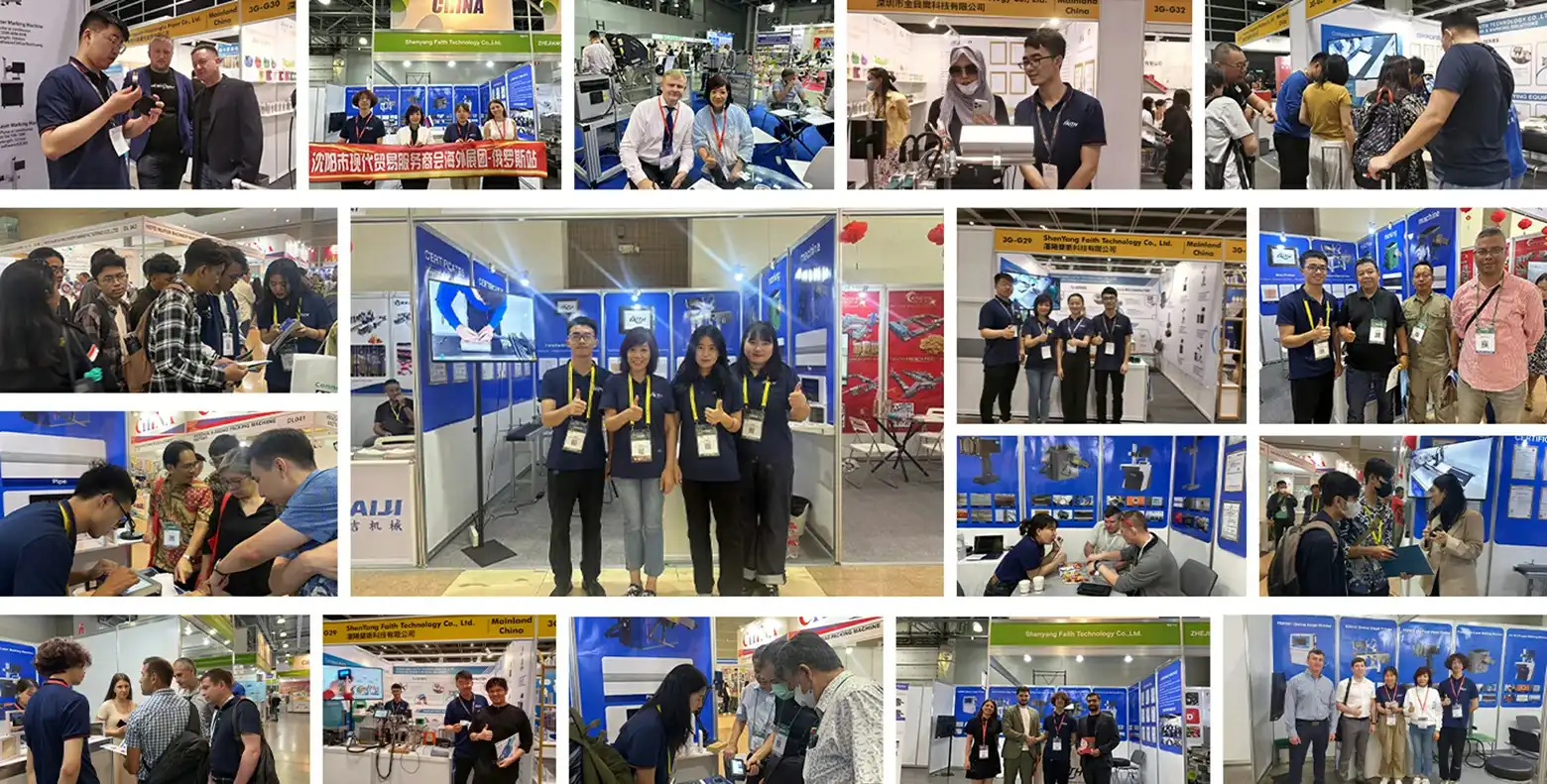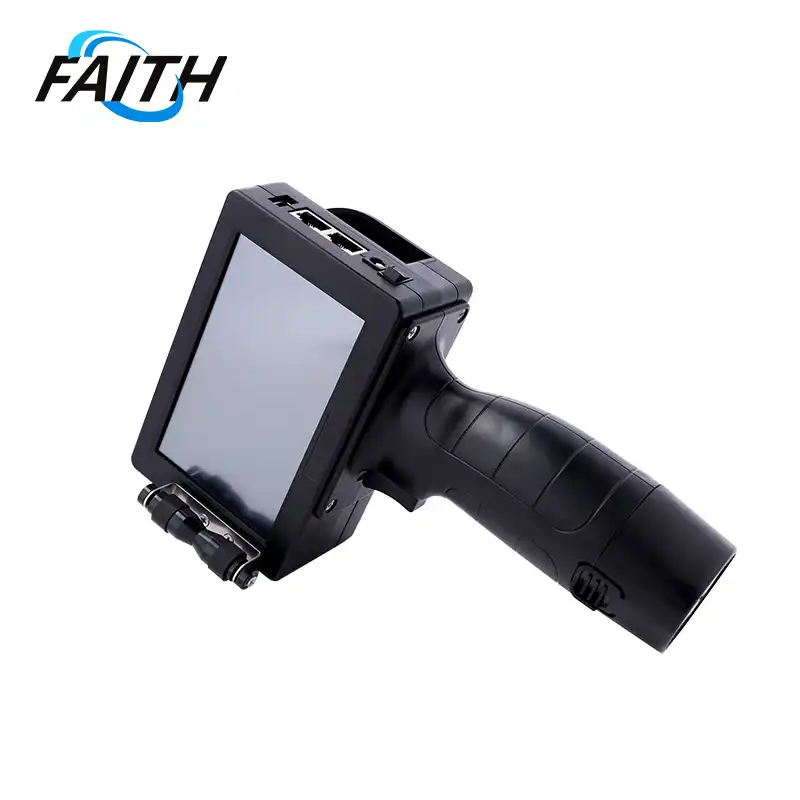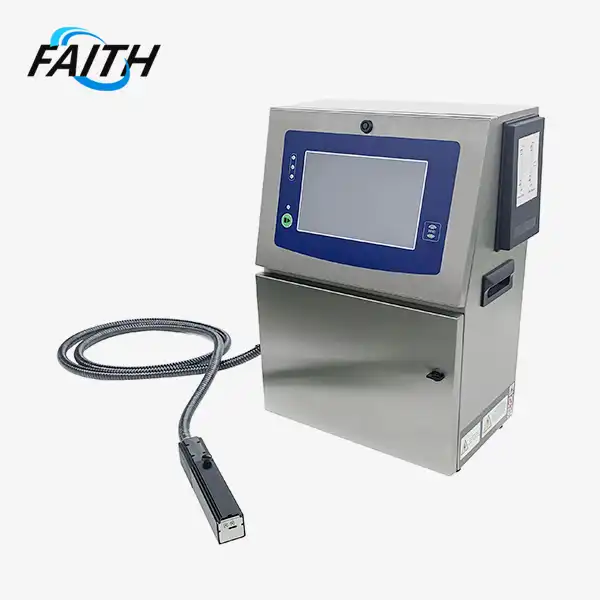What is considered a high resolution printer?
A high resolution printer is typically defined as a device capable of producing images with exceptional clarity and detail. In the printing industry, resolution is measured in dots per inch (DPI), which refers to the number of individual dots a printer can place within a one-inch line. Generally, a printer is considered high resolution when it can produce at least 300 DPI for small format printing. For large format printing, the threshold is lower, with 100 DPI or above considered high resolution. High resolution printers, especially high res piezo printers, are crucial for producing sharp, professional-quality prints across various industries and applications.
Understanding High Resolution Printing Technology
The Basics of DPI and Print Resolution
To truly appreciate what constitutes a high resolution printer, it's essential to delve into the concept of DPI. DPI is a fundamental measure of print quality, determining how many dots of ink a printer can place within a square inch. The higher the DPI, the more detail and sharpness a printed image can achieve. For instance, a 300 DPI print means there are 300 dots of ink horizontally and vertically within each square inch, resulting in a total of 90,000 dots per square inch.
When it comes to high resolution printing, the bar is set at different levels depending on the printing format:
- Small Format Printing: For documents, photos, and other small-scale prints, 300 DPI and above is considered high resolution. This level of detail ensures that text is crisp and images appear sharp, even upon close inspection.
- Large Format Printing: Due to the increased viewing distance of large format prints, such as banners or posters, a lower DPI can still be considered high resolution. In this case, 100 DPI or higher is typically sufficient to produce a high-quality result.
The Role of Piezoelectric Technology in High Resolution Printing
When discussing high resolution printers, it's crucial to highlight the significance of piezoelectric (piezo) technology. PIJ printers have revolutionized the printing industry by offering unparalleled precision and quality. These printers utilize piezoelectric crystals that deform when an electric current is applied, allowing for precise control over ink droplet size and placement.
The advantages of high res piezo printers include:
- Exceptional Detail: Piezo printheads can produce extremely small ink droplets, allowing for finer details and smoother gradients in printed images.
- Versatility: These printers can handle a wide range of ink types, including UV-curable inks, solvent-based inks, and even specialized formulations for specific applications.
- Consistency: Piezo technology maintains consistent print quality over time, as the printheads are less prone to wear compared to thermal inkjet systems.
- Efficiency: High res piezo printers often have lower operating costs due to their ability to use a variety of ink types and their durability.
The Impact of High Resolution on Print Quality
The difference between high and low resolution prints is often striking. High resolution prints exhibit several key characteristics:
- Sharpness: Text and fine lines appear crisp and well-defined, without jagged edges or blurring.
- Color Accuracy: Higher resolution allows for more precise color reproduction, resulting in vibrant and true-to-life images.
- Detail Preservation: Intricate patterns and textures are faithfully reproduced, maintaining the integrity of the original design.
- Smooth Gradients: Color transitions appear smooth and natural, without visible banding or pixelation.
Applications and Industries Benefiting from High Resolution Printing
Commercial and Industrial Printing
High resolution printing, particularly with faith printer like high res piezo printers, has transformed the commercial and industrial printing landscape. These advanced printers are capable of producing exceptionally detailed and accurate prints, making them invaluable in various sectors:
- Packaging Industry: High resolution printing is crucial in the packaging sector, especially for food, beverage, and cosmetic products. It ensures that product information, barcodes, and intricate designs are clear and easily readable, enhancing both functionality and aesthetic appeal.
- Label Printing: The ability to print high-resolution labels is essential for brand recognition and product information dissemination. High res piezo printers excel in producing crisp, durable labels that can withstand various environmental conditions.
- Textile Printing: The fashion and textile industries benefit from high resolution printing for creating detailed patterns and designs on fabrics. This technology allows for the realization of complex, photorealistic prints on textiles.
- Electronics Manufacturing: High resolution printers are used to create precise circuit boards and to print on electronic components, ensuring accuracy in this precision-demanding field.
Advertising and Marketing
The advertising and marketing sectors heavily rely on high-quality visual materials to capture attention and convey messages effectively. High resolution printing plays a pivotal role in creating impactful marketing collateral:
- Large Format Printing: Billboards, posters, and banners require high resolution printing to maintain image quality when viewed from a distance. High res piezo printers can produce large-scale prints with remarkable clarity and color vibrancy.
- Point-of-Sale Displays: Retail environments benefit from high resolution printed materials that attract customers and effectively showcase products.
- Direct Mail Campaigns: High-quality, personalized print materials can significantly improve the effectiveness of direct mail marketing efforts.
- Trade Show Graphics: Eye-catching, high-resolution displays are crucial for standing out in crowded trade show environments.
Art and Photography
The art and photography worlds have been revolutionized by high resolution printing technologies:
- Fine Art Reproduction: High res piezo printers can faithfully reproduce artworks, capturing subtle color variations and textures that were previously challenging to replicate.
- Photography Printing: Professional photographers rely on high resolution printers to produce gallery-quality prints that accurately represent their work.
- Limited Edition Prints: Artists and photographers can create high-value, limited edition prints with the assurance of consistent quality across the entire run.
- Custom Wall Decor: The ability to print high-resolution images on various materials has opened up new possibilities for interior design and personalized home decor.
Choosing the Right High Resolution Printer for Your Needs
Factors to Consider When Selecting a High Resolution Printer
When in the market for a high resolution printer, particularly a high res piezo printer, several factors should guide your decision:
- Print Resolution: While 300 DPI is considered high resolution for most applications, some specialized uses may require even higher resolutions. Consider the specific needs of your projects when evaluating printer specifications.
- Print Speed: High resolution doesn't have to mean slow printing. Modern PIJ printers can offer both quality and efficiency. Evaluate the printer's speed in relation to your production requirements.
- Ink Technology: Different ink types offer various benefits in terms of durability, color gamut, and substrate compatibility. UV-curable inks, for example, are excellent for printing on non-porous surfaces and offer high durability.
- Media Compatibility: Consider the range of materials you need to print on. High res piezo printers often offer excellent versatility, capable of printing on paper, plastic, metal, glass, fabric, and wood.
- Color Management: Look for printers with advanced color management systems to ensure consistent and accurate color reproduction across different print runs and substrates.
- Maintenance and Running Costs: While high resolution printers may have a higher initial cost, consider the long-term expenses related to ink consumption, maintenance, and potential downtime.
The Importance of Calibration and Maintenance
To consistently achieve high-quality prints, proper calibration and maintenance of your high resolution printer are crucial:
- Regular Calibration: Ensure your printer is calibrated regularly to maintain color accuracy and print quality. This is particularly important for high res piezo printers used in color-critical applications.
- Printhead Maintenance: Keep printheads clean and properly aligned to prevent clogging and ensure optimal print quality.
- Environmental Control: Maintain a stable printing environment with controlled temperature and humidity to ensure consistent print quality.
- Quality Control Processes: Implement regular quality checks and color management procedures to maintain high standards in your printing output.
FAQs
Q: What's the difference between DPI and PPI in printing?
A: DPI (Dots Per Inch) refers to the number of ink dots a printer can place in one inch, while PPI (Pixels Per Inch) relates to digital image resolution. For printing, DPI is more relevant as it directly impacts print quality.
Q: Can a high res piezo printer handle both small and large format printing?
A: Many high res piezo printers are versatile and can handle various print sizes. However, specific models may be optimized for either small or large format printing. It's essential to choose a printer that matches your primary printing needs.
Q: How often should I calibrate my high resolution printer?
A: Calibration frequency depends on usage and environmental factors. For professional use, weekly calibration is often recommended, but daily checks may be necessary for color-critical work.
Conclusion
High resolution printers, particularly high res piezo printers, have become indispensable tools across numerous industries, from packaging and advertising to fine art and photography. Their ability to produce exceptionally detailed, vibrant, and accurate prints has revolutionized the way we approach visual communication and product presentation. As technology continues to advance, we can expect even more impressive capabilities from these printers, further expanding their applications and impact.
At Shenyang Faith Technology Co., Ltd., we specialize in providing cutting-edge industrial UV inkjet coding and traceability system solutions. With over a decade of experience in the inkjet printing industry, we're committed to delivering innovative products that meet the diverse needs of our clients across various sectors. If you're interested in exploring how our high resolution printing solutions can benefit your business, we invite you to contact us at sale01@sy-faith.com.

References
1. Smith, J. (2022). "The Evolution of High Resolution Printing Technology". Print Industry Journal, 45(3), 112-125.
2. Johnson, A. & Lee, S. (2021). "Piezoelectric Inkjet Technology: Advancements and Applications". Industrial Printing Review, 18(2), 78-92.
3. Brown, R. (2023). "Understanding DPI and Resolution in Modern Printing". Digital Imaging Quarterly, 30(1), 15-28.
4. Garcia, M. et al. (2022). "High Resolution Printing in Commercial Applications: A Case Study". Journal of Print Technology, 55(4), 203-217.
5. Wilson, T. (2023). "The Future of High Resolution Printing: Trends and Predictions". Tech Print Magazine, 12(6), 45-58.
Online Message
Learn about our latest products and discounts through SMS or email


_1756276903932.jpg)
